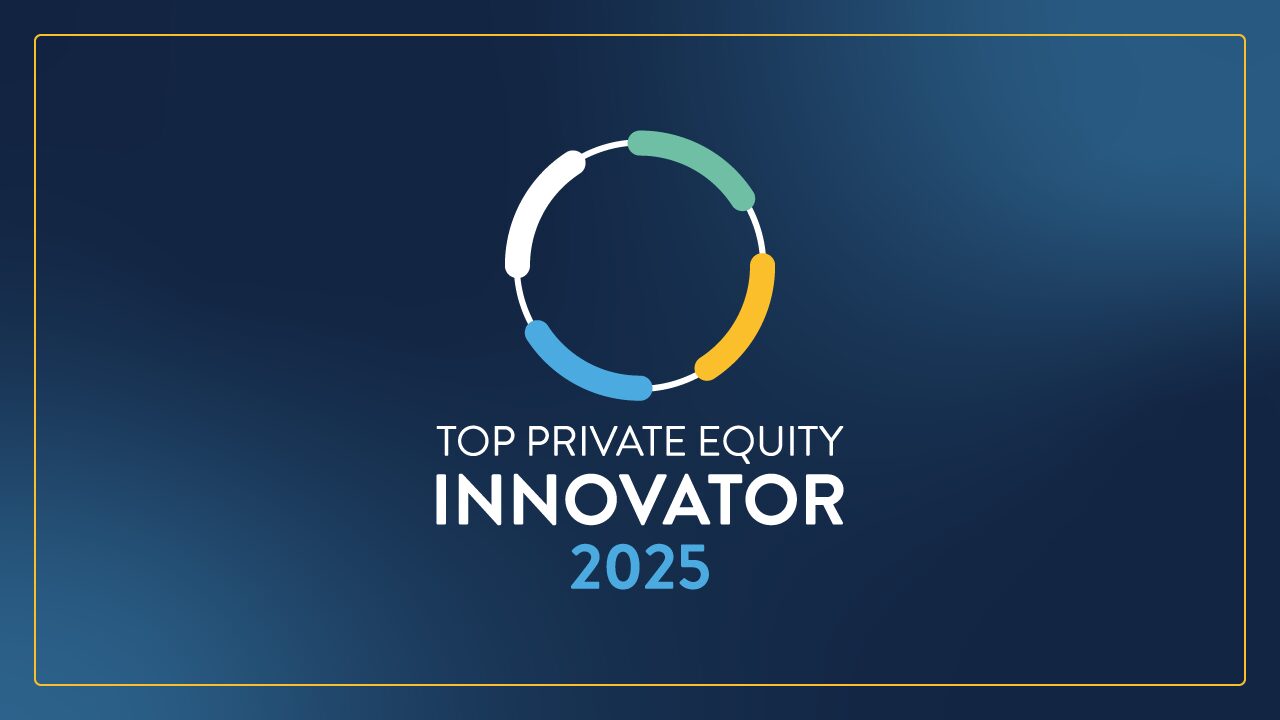Navigating a merger or acquisition is a complex, multistage process that requires careful planning, strategic decision-making and effective execution. Understanding the timeline and key phases can significantly affect success, minimizing disruption and maximizing potential synergies.
Let’s look at an overview of a typical M&A integration timeline, breaking down each phase into clear, actionable steps. From pre-merger planning to ongoing post-merger optimization, we’ll explore each phase in detail, offering insights that can help private equity firms and businesses better manage their M&A processes, align teams and objectives and ultimately achieve their strategic goals.
“Instead of hoping that all the pieces will simply fall into place once a merger gets underway, top PE firms use specialized PE-grade merger integration advisors from BluWave’s Business Builders’ Network to help guide and keep portfolio company acquisitions on track,” BluWave CEO Sean Mooney says. “These merger integration experts know what steps need to be taken and when they need to be taken in order for an acquisition to live up to its full potential.”
ALSO SEE: Merger Planning & Integration: Best Practices for PE Firms

1) Pre-Merger Planning and Strategy: Even before the deal is official, the two merging entities should work together to create a vision for the combined company. This involves defining the strategic objectives of the merger, such as expanding market share or diversifying offerings and identifying potential synergies. Thorough planning during this phase can lay a solid foundation for a successful merger.
“Although mergers can help companies create value very quickly, they can actually have net negative effects – from clashes between newly integrated teams to a lack of alignment on core objectives,” Mooney says. “To minimize these risks companies should use expert third-party resources to ensure that they’re accounting for potential misalignments and identifying areas where they can build on shared strengths with their partners in the pre-merger phase.”
CASE STUDY: Operations Integration: Industrial Park Carveout
2) Due Diligence: This is a crucial phase where both companies conduct thorough evaluations of each other’s financials, legal standing, market position and more. It’s a rigorous process that helps uncover potential issues that could affect the merger, such as legal disputes, financial discrepancies or operational inefficiencies. The findings from this phase can significantly influence the terms of the deal.
READ MORE: What is Commercial Due Diligence?
3) Integration Planning: Once the merger is confirmed, detailed plans for combining the businesses should be developed. This includes plans for integrating technologies, processes, personnel and more. The objective is to ensure a smooth transition with minimal disruption to ongoing operations.
4) Communications Planning: Proper communication is key during a merger. A comprehensive communications plan should be developed to manage internal communications with employees and external communications with stakeholders, customers and the public. Clear, timely communication can help manage expectations and reduce uncertainty during the merger process.
“During any major shift of change, people are often fearful of what this means for their personal and professional futures,” Mooney says. “By offering insight into what is happening immediately after you close your transaction and sharing what will happen, even if it’s not what they want to hear, employees can embrace an integration with less trepidation. Be sure to promptly follow your communications with aligned actions.”
READ MORE: Hire an Interim CEO
5) Regulatory Approvals and Deal Closing (Day One Readiness): This phase involves obtaining necessary regulatory approvals for the merger. Once all approvals are secured, the deal can officially close. On “Day One,” the merged entity should be ready to operate as a single unit, which requires significant preparation.
6) Integration Execution: This phase involves implementing the integration plans developed earlier. It’s a complex process that requires careful management to ensure that all elements of the businesses are combined effectively and efficiently.
7) Change Management: Mergers often bring significant changes and managing these effectively is crucial. This can involve cultural integration, operational changes or strategic shifts. Proper change management can help to minimize disruption and ensure that all employees are aligned with the new direction.
8) Talent Management and Retention: Mergers can create uncertainty among employees and it’s essential to identify and retain key talent during this time. This involves clear communication about changes, reassurance about job security and potentially, adjustments to roles and responsibilities.
READ MORE: Hire an Interim CHRO
9) Synergy Realization: After the merger, the focus shifts to realizing the synergies identified during the pre-merger planning phase. This could involve cost-saving measures, leveraging combined resources for growth or other strategic benefits. Tracking and measuring these synergies is crucial to evaluate the success of the merger.
10) Ongoing Integration and Optimization: The final phase of a merger is an ongoing process. The newly merged entity should continually evaluate its operations, looking for ways to streamline processes and pursue synergies. This process can improve efficiency and profitability.
“If you’re in a leadership role, don’t pass off important steps of the process to lower-level managers, particularly with more nuanced or difficult changes. Lead by example and show that you have bought into the task at hand by holding others and yourself accountable for the outcomes,” Mooney adds. “Make acquisition integration part of your leadership meetings and make sure the buck stops with a key leader in your organization who can catalyze buy-in and action.”
Mergers and acquisitions are complex undertakings, requiring a comprehensive understanding of every stage of the process and an ability to navigate potential pitfalls. From the initial vision and strategy phase to ongoing integration management, each step is crucial for driving value creation and achieving strategic objectives.
At BluWave, we understand the intricacies of the M&A process and the importance of ensuring seamless integration. With our deep bench of PE-grade, pre-vetted merger integration resources, we can connect you with the expert you need based on your unique industry, budget and other parameters. Whether it’s conducting due diligence, crafting effective communication strategies or managing and retaining talent during the transition, we can help you navigate the process with confidence and precision.
CASE STUDY: Revamping Market Positioning, Expanding with M&A
In the world of M&A, leveraging third-party resources and expertise can make the difference between merely combining two entities and truly creating a new entity that’s greater than the sum of its parts. Contact our R&O team and let us help you turn your M&A vision into a reality.


